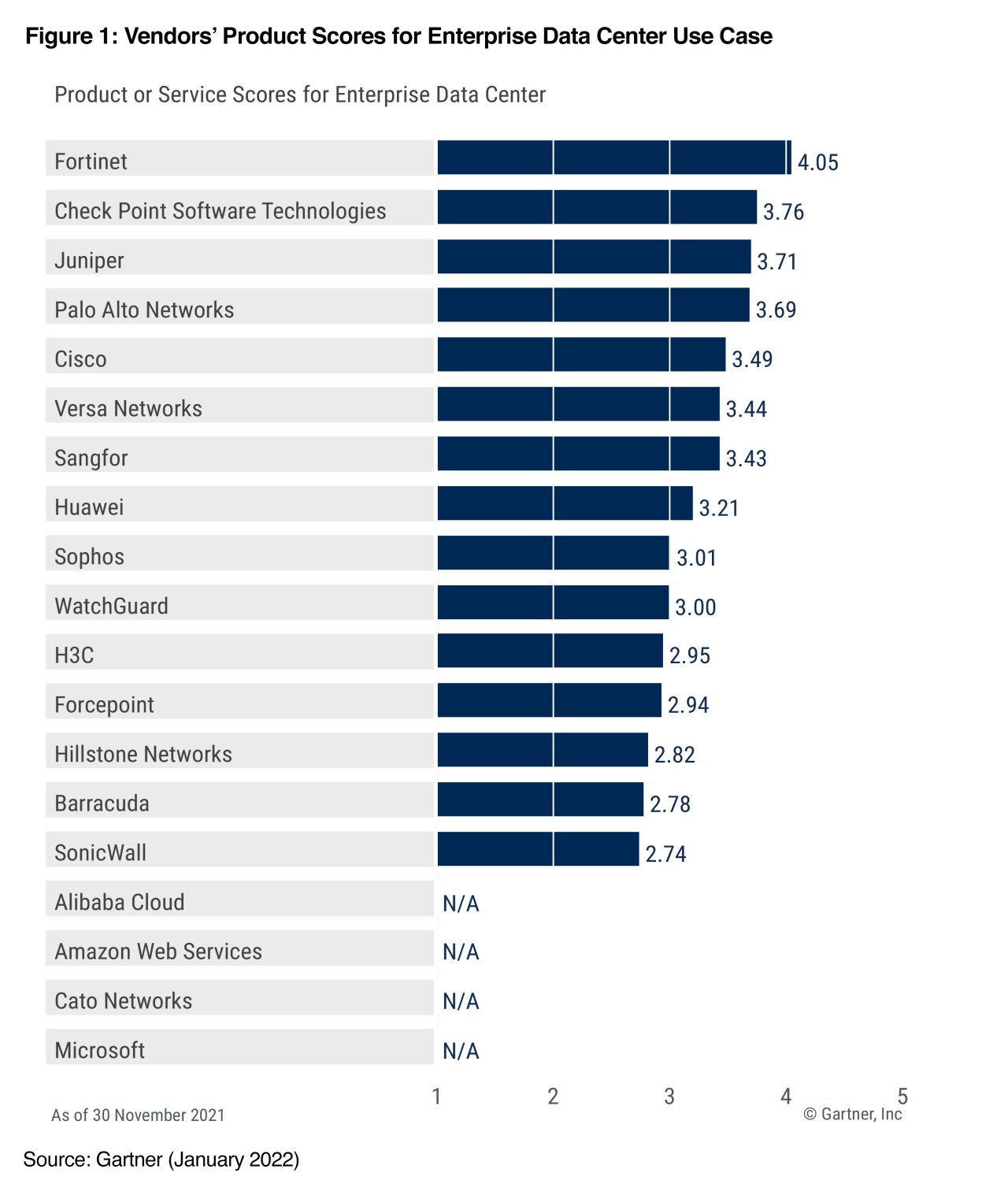Cyberattacks are emerging as a global threat, not just to organisations but to the global digital economy. According to the ENISA Threat Landscape 2021 report, a survey across 30 countries showed that the overall cost of remediating a ransomware attack has vastly increased. From 761,106 US dollars to 1.85 million US dollars in 2021. These results suggest that the overall costs of a ransomware incident have more than doubled in only one year.
Not only is ransomware predicted to increase, but more and different threats are looming on the horizon. So, while the World Economic Forum has estimated costs from cybercrime will come in this year at a staggering 2.2 trillion US dollars, that number is likely to increase by nearly 5X to 10.5 trillion US dollars by 2025.
Part of this trend is the result of cyber criminals actively targeting today’s expanding and increasingly complex networks. The adoption of multi-cloud networks to distribute and host applications and services, the demand for flexible and ubiquitous connectivity to highly dispersed applications by today’s hybrid workforce, and the push to accelerate digital transformation have not only expanded the attack surface. It also created a perfect storm of complexity, lack of visibility, inconsistent security, and poor user experience.
Organisations need solutions designed to address these challenges while providing ubiquitous and comprehensive threat protection without sacrificing flexibility, performance, or user experience.
Gartner's 2022 critical capabilities for network firewalls
The January 2022 Gartner critical capabilities for network firewall report is an extension of their recently published Magic Quadrant™ for network firewalls, in which Fortinet was recognized as a leader. This report offers essential research and analysis to help technology practitioners evaluate vendors based on their performance in various use cases.
Gartner Critical Capabilities report evaluated nineteen network firewall vendors, for their performance across nine critical capabilities, with methodologies that assign different weights for each ability. This information is designed to assist organisations in determining which solution will best help them achieve the strongest security posture, best ROI, and optimal operational efficiency for their digital business use case.
Fortinet’s FortiGate solution received the overall highest scores in the enterprise data centre, distributed enterprise edge, and SMB use cases, and the second-highest score in the public cloud use case.
Enterprise data centre use case
This marks the third year in a row that Fortinet has received the highest overall score for the enterprise data centre use case.
FortiGate network firewalls
Most organisations have critical applications and data that can’t be moved to the cloud for various reasons, such as compliance, control, and strategic business needs. But hosting them on-premises in the data centre requires them to be protected from intruders while safely providing access to customers, employees, and partners and keeping pace with user experience expectations and digital acceleration efforts elsewhere.
The FortiGate network firewall’s deeply integrated networking and security capabilities protect corporate and customer data and applications as well as the service edge to enable hyperscale security-driven networks.
Distributed enterprise use case
Enterprise edge security
Digital acceleration is driving WAN transformation. Enterprise edge security must address rising ransomware and cyberattacks while enabling organisations to confidently adopt multiple clouds and maintain flexible connectivity. Consistent security coupled with reliable user experience allows users and applications to be located anywhere, addressing the needs of today’s highly flexible and mobile networks.
Fortinet’s innovative FortiGate network firewall has made them one of the first vendors to transform and secure the WAN. They were not just the first vendor to add SD-WAN to their NGFW solution. They also blended SD-WAN connectivity with integrated security—and now, ZTNA capabilities—all powered by a single operating system, FortiOS.
Small-Medium Businesses (SMB) use case
Despite their size, SMBs are adopting technology faster than ever, especially as staff becomes more knowledgeable and costs decrease. However, this rapid adoption is increasing their attack surface, and as a result, SMBs require powerful network security to prevent attacks. Fortinet’s FortiGate network firewall is designed with simplicity in mind, with entry-level models that enable even small businesses to deploy robust and consistent security both on-premises and in the cloud.
Public cloud use cases
Cloud adoption accelerates
Organisations are accelerating cloud adoption to address growing requirements for agility, scalability, and digital transformation. This invariably leads to multicloud adoption, which means that critical business resources and assets are increasingly reliant on secure cloud solutions and infrastructures. However, organisations often end up with a heterogeneous set of security technologies, with disparate cloud security controls in various cloud environments that do not work together as a unified solution.
Fortinet’s virtual FortiGate solutions were not only the first to operate natively on every cloud platform but also use custom-built, turnkey cloud connectors to enable seamless orchestration and consistent policy enforcement end-to-end for data and applications that move between multiple clouds.
Does FortiGate fit your organisation?
Fortinet's FortiGate is one of our partners that offers network firewalls. As each organisation is different, you need a firewall solution that fit your situation best. We at Nomios are happy to help you in your search for a cybersecurity solution.
Gartner, Critical Capabilities for Network Firewalls, Adam Hils, Rajpreet Kaur, 17 January 2022
Gartner, Magic Quadrant for Network Firewalls, Rajpreet Kaur, Jeremy D'Hoinne, Nat Smith, Adam Hils, 1 November 2021
Gartner and Magic Quadrant are registered trademarks of Gartner, Inc. and/or its affiliates in the U.S. and internationally and is used herein with permission. All rights reserved
This graphic was published by Gartner, Inc. as part of a larger research document and should be evaluated in the context of the entire document. The Gartner document is available upon request on Fortinet's website.
Gartner does not endorse any vendor, product or service depicted in its research publications and does not advise technology users to select only those vendors with the highest ratings or other designation. Gartner research publications consist of the opinions of Gartner’s research organization and should not be construed as statements of fact. Gartner disclaims all warranties, expressed or implied, with respect to this research, including any warranties of merchantability or fitness for a particular purpose.
Do you want to know more about this topic?
Our experts and sales teams are at your service. Leave your contact information and we will get back to you shortly.

Related updates

Enterprise networking
Gartner MQ 2025: Juniper, Fortinet and HPE take the lead in enterprise networking
Discover why Juniper, Fortinet and HPE lead the 2025 Gartner Magic Quadrant for Enterprise LAN. Explore their unique strengths — and how Nomios helps enterprises design, deploy and secure future-ready networks.


Fortinet NGFW
Fortinet introduces new FortiGate 30G, 50G, and 70G firewalls
Fortinet launches FortiGate 30G, 50G, and 70G firewalls, offering AI-driven security, high performance, and energy efficiency for distributed organisations.

SD-WAN
Top SD-WAN solutions
Discover the top SD-WAN solutions and how they enhance performance, flexibility, and security. Make informed choices for your network.










